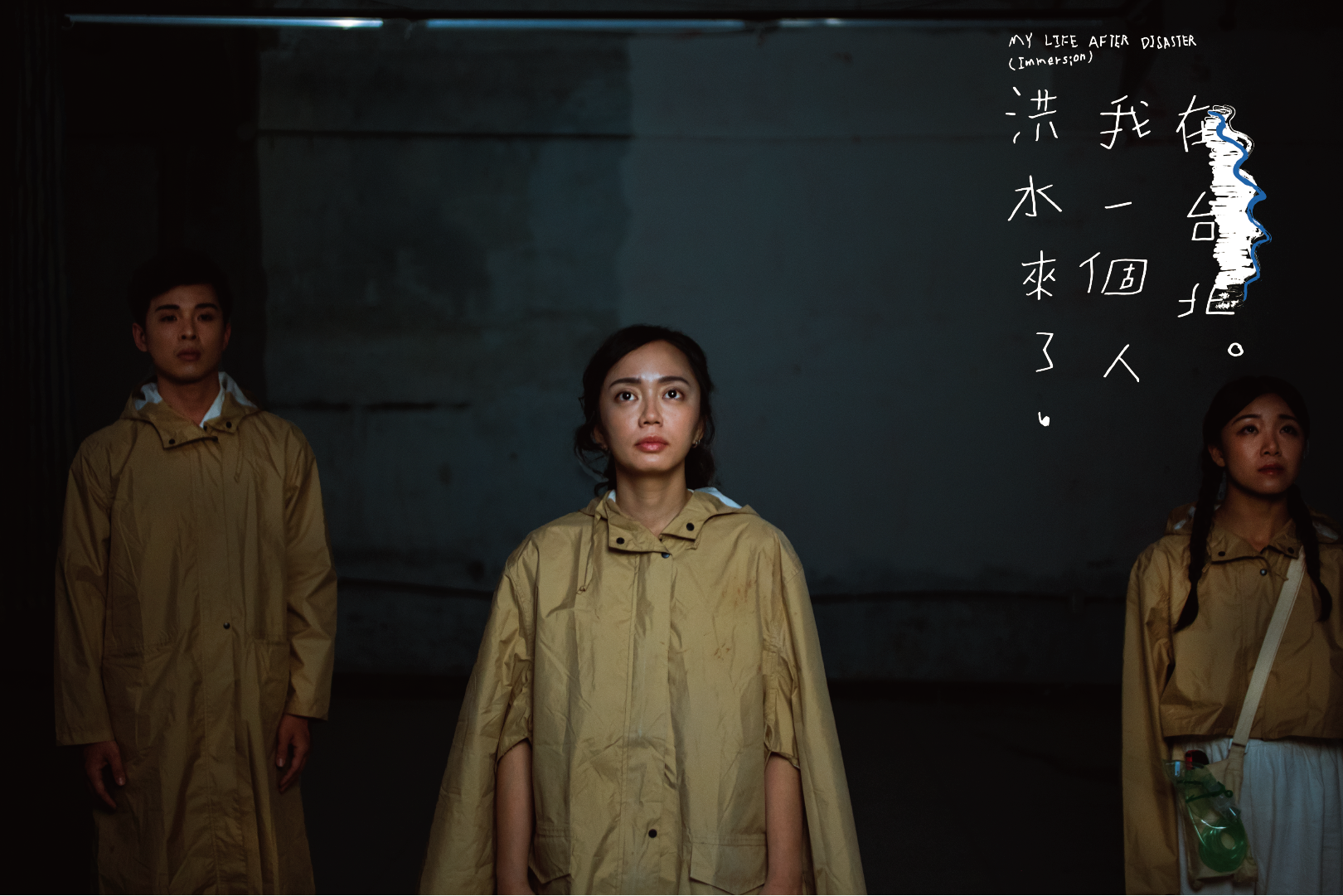
2021.06.15
《洪水來了,我一個人在台北》故事由台北淡水河開始,一個潤澤大地的水源、同時也是一個空猛的水淹憂患。相比末日的處境,也許我們更值得思考如何面對末日後的狀況。世界本來就不穩定,佛強調無常,所以基本上災難是無可避免的。
人類普遍擁抱科技發展,但每一樣事情都有成本。誠如哈拉瑞 (Yuval NoahHarari) 所說,生物科技 (Bio Tech)及資訊科技(Info Tech)結合的危機,等如容許別人入侵 (Hack)我們的腦袋及身體。
阿始、良儀、四象、OM,如果洪水過後真的只剩下他們,他們還要延續人類文明嗎?
———
My Life after Disaster (Immersion)
Presented by: Hong Kong Arts Development Council
Produced by: Chan Wai-yee
Platform: Website
Link: https://mylifeafterdisaster.house-open.com
Synopsis: The story of My Life after Disaster begins with the Tamsui River in Taipei, which is at once a water source nurturing the earth and a lurking danger of fierce flooding. There seems to be something more worth contemplating than the apocalyptic situation, namely how to face the post-apocalyptic situation. The world is inherently unstable, whereas the Buddha emphasises impermanence. Therefore, disasters are basically inevitable.
Humans generally embrace technological development, but there is a cost to everything. As Yuval Noah Harari once said, “Together, infotech and biotech will create unprecedented upheavals in human society […]” It would be like allowing others to hack into our heads and bodies.
Ashi, Liangyi, Sixiang and OM – if they are really the only ones left after the flood, will they carry on to human civilization?
Scheme/ Festival: Arts Go Digital Platform Scheme
Art Form: Drama
Co-director, Concept & Script: Yan Pat-to
Co-director/ Editor: Chiu Chih-hua
Cast: Chang Ko-lan, Lin Sheng-tzu, Lin Fang-fang
Voice acting: Bonni Chen